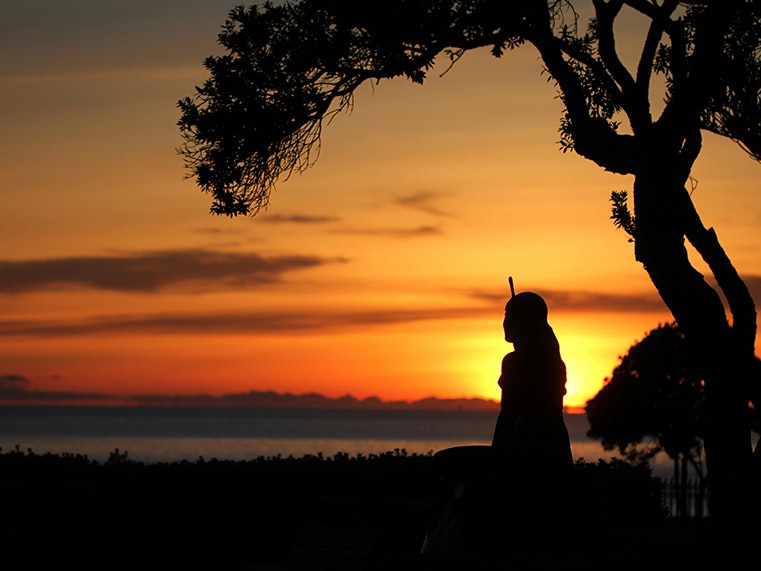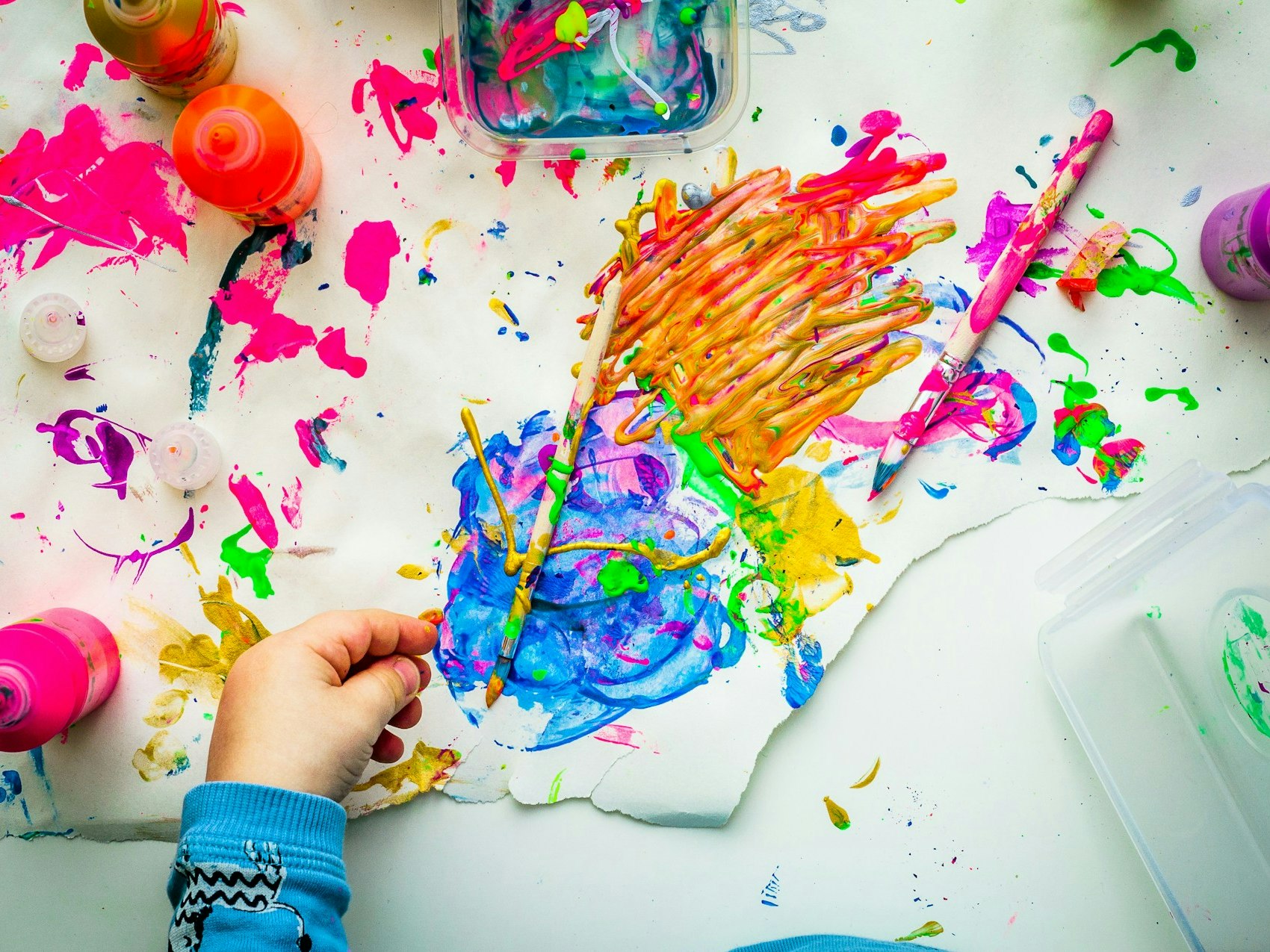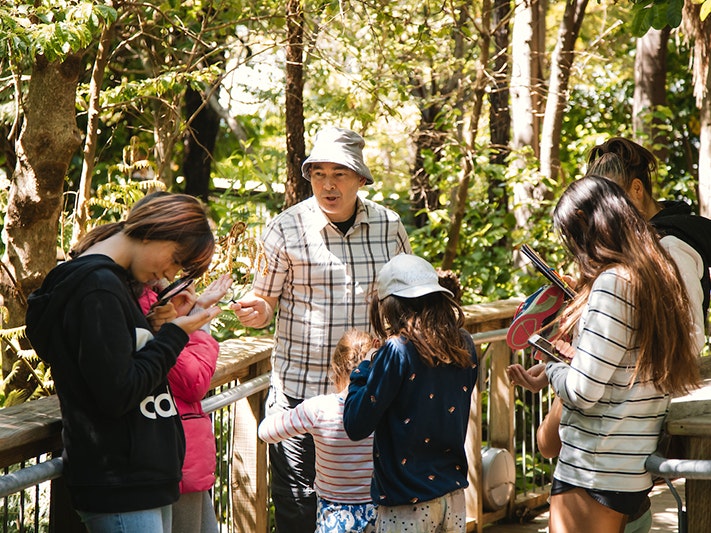
Ko au te taiao: Explore
Consider some of the mātauranga that connects tangata whenua to te taiao in Aotearoa New Zealand.
Free museum entry for New Zealanders and people living in New Zealand
Open every day 10am-6pm
(except Christmas Day)
Free museum entry for New Zealanders and people living in New Zealand
E rere nei ngā tai o mihi ki a koutou e tuhura ana i tēnei rauemi a tātou, e kia ana, ‘Ko Au te Taiao’. Eke rā ia te kōrero, “ko au te taiao, ko te taiao ko au”.
To the artists, the makers, the crafters, both known and unknown, to the whānau, hapū and iwi of each taonga, tēnā rawa atu koutou. We are so privileged to be informed inspired and influenced by you and your mahi. Your taonga and artworks allow us to ask the big questions, to provoke, to challenge, and to broaden our understandings of our connection to our environment – mei kore ake koutou i rangatira ai tā tātou rauemi.
Ki ngā taonga Māori me ō kāwai whakapapa e whakamana ana i tēnei kaupapa. Nā koutou te ihi, te wehi, me te wana i whakatōngia ki roto i tēnei kaupapa kia whai hua ai te marea i ngā kōrero tuku iho i a koutou.
To the artworks, the taonga, and all parts of the collection from which we have drawn inspiration to create this resource, we recognise and thank you. It has been a privilege to connect with each of you. The meaning that each taonga has brought to this kaupapa is immeasurable.
Thank you also to our those who helped immeasurably in framing the big questions that are presented in this resource and in the review process – Tara McAllister (Te Aitanga ā Māhaki, Ngāti Porou – Kairangahau Matua at Te Wānanga o Aotearoa), Lani Rotzler-Purewa (Ngāi Tuhoe, Schwarzwald – Advocate for mana motuhake of seed, soil and whenua) and Sarah Smuts-Kennedy (energy field artist and syntropic food grower).
We would also like to specifically acknowledge two important guides. Firstly, to Bradford Haami (Ngāti Awa, Ngāti Kahungunu, Kai Tahu, Tūwharetoa) for the mātauranga he has gifted to this resource, through, ‘A Matauranga Māori walkthrough of Te Taiao’ (unpublished) and subsequent conversation.
And finally, to Winifred Belcher Hinerangi to Ariari, the artist who painted Tāne – Lord of Life. This painting formed the foundation for this resource, which guided us towards the other three panels, and the artist herself. Our relationship with the artist and her whakaaro have been hugely influential. They have inspired us to see the collections as active contributors to the mauri of te taiao and Papatūānuku.
Ka mihia te awa kōrero kua whiria ki te whakapapa o tēnei taonga, o Ko Au te Taiao. Ki ngā kōrero tuku iho, ngā mātauranga ā-iwi, ki ngā kaenga maha o te motu. He rauemi tēnei e manakohia i ngā wawatā i whakatōngia e rātou mā hei painga mō te whenua, otirā mō tātou katoa.
We mihi to the whakapapa of this taonga, Ko Au te Taiao. To the histories we have inherited, the places we have called home and to this moment in time. We hope that this resource supports teachers and learners across the country to heal and reconnect with ourselves, each other and to Papatūānuku.

Consider some of the mātauranga that connects tangata whenua to te taiao in Aotearoa New Zealand.

Grow relationships with yourself, others, and this beautiful earth.

The principles that underpin Ko au te taiao, curriculum links, and how to use this resource.